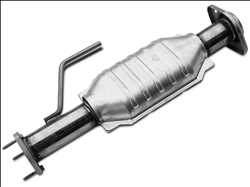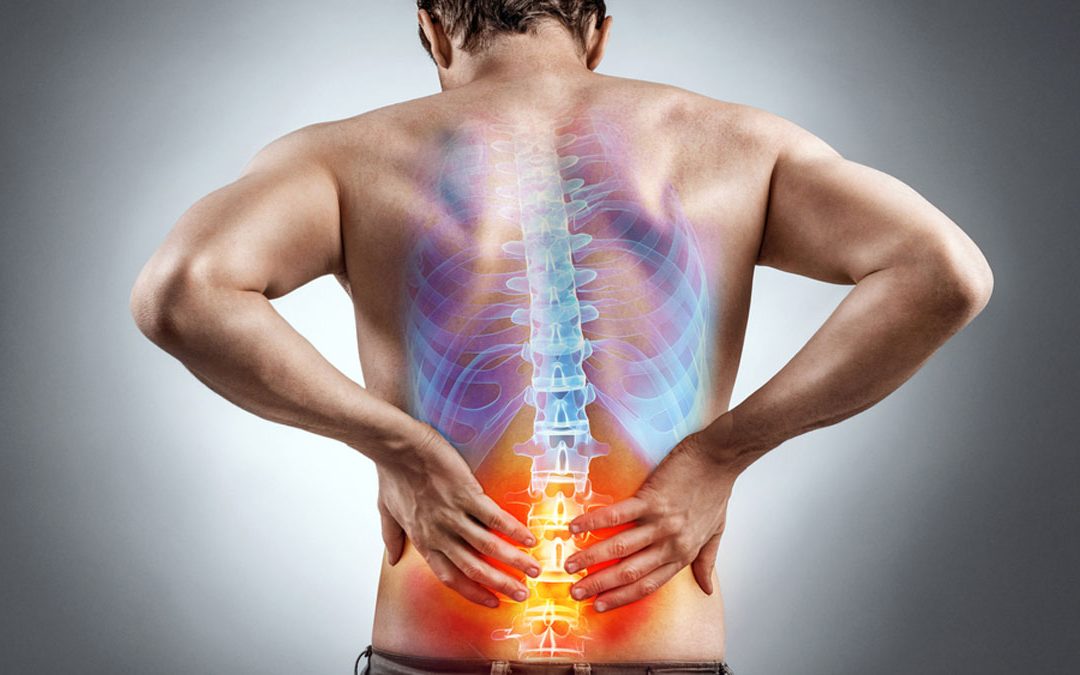Lumbar and cervical orthoses: when do they become necessary?
Lumbar orthoses and cervical orthoses can be prescribed for different pathologies, in a preventive context as well as in the context of treatment. For example, cervical orthosis is often indicated in a case of cervical fracture, to optimize healing and limit movement. The lumbar orthosis, can be indicated in the patient who suffers from a crushed disc.
Neck and trunk orthoses (cervical orthoses and lumbar orthoses) therefore cover a wide range of spine conditions, whether inflammatory, infectious, traumatic, or degenerative. Here are the concrete indications that highlight the relevance of a treatment involving a lumbar orthosis or a cervical orthosis.
Indications
The lumbar orthosis: The lumbar orthosis is the most prescribed back orthosis because the pathologies to which it is subject are more frequent. It remains that the main reason for which a lumbar orthosis is prescribed is low back pain of discal or radicular origin. Otherwise, it is indicated in case of:
- crushed vertebrae
- Herniated disc
- low back pain
- Spinal fracture or sprain
- Treatment of hyper kyphosis and scoliosis
- Immobilization of the spine: post-surgery and instability
The cervical orthosis: For its part, the cervical orthosis is indicated in a treatment plan for an injury. It is through an in-depth examination that one can determine what type of cervical orthosis is appropriate that meets the needs of customization and degree of immobilization. The cervical orthosis is indicated in case of:
- Traction and cervical immobilization
- Fracture or cervical surgery
- Immobilization of the cervical and dorsal spine
- Lesions of traumatic, rheumatic, or neuromuscular origin
Contraindications
Although the contraindications for wearing cervical orthoses or lumbar orthoses remain isolated, they are not necessarily to be neglected. An expert will take care, during his examination, to check with your specific issues that can cause a contraindication, such as:
- Severe morphological disorders
- The presence of a hiatal hernia
- Gastric disorders (gastric dilatation, digestive disorders, etc.)
- Skin intolerances or allergies
How do orthoses relieve the trunk and neck?
Many circumstances lead your professional to recommend that you wear a neck or drop foot brace. The orthosis is often a healing factor in a treatment plan, but it also serves to relieve patients’ pain.
Disc, radicular, and muscle pain in the spine are, among other things, pain that is relieved by wearing a lumbar or cervical orthosis. For optimal relief, the orthosis must consider certain elements such as the morphology of the patient, the intended use, the other elements of the treatment plan, etc. These are the same elements that influence the type of orthosis to be prescribed, such as mass-produced orthotics or even custom-made orthotics near me.
The off-the-shelf orthosis vs the custom-made orthosis
Both are tried and tested but are effective in specific circumstances. For example, the orthopedic back belt (easily available on the market) is a known and popular solution for certain benign imbalances.
Regardless of the type of orthosis, whether rigid or flexible, standard, or custom-made orthotics or prosthetics near me, its effectiveness is optimal when appropriate medical monitoring is provided to the patient.
How to get lumbar and cervical braces
It only takes a few searches to have access to many types of cervical orthoses and lumbar orthoses. There is indeed a panoply of them on the open market, all provided with benefits. However, unless otherwise advised by your professional, these may not be suitable for your case and the causes of the pain associated with it.
For maximum treatment and relief, your braces for drop foot or neck should be chosen based on several criteria. An orthotist, performing a complete biomechanical evaluation, targets the different causes to recommend an orthosis that will make a real difference for you. He will also be there to ensure comfort, the duration of the treatment required, and to check that there are no contraindications.





